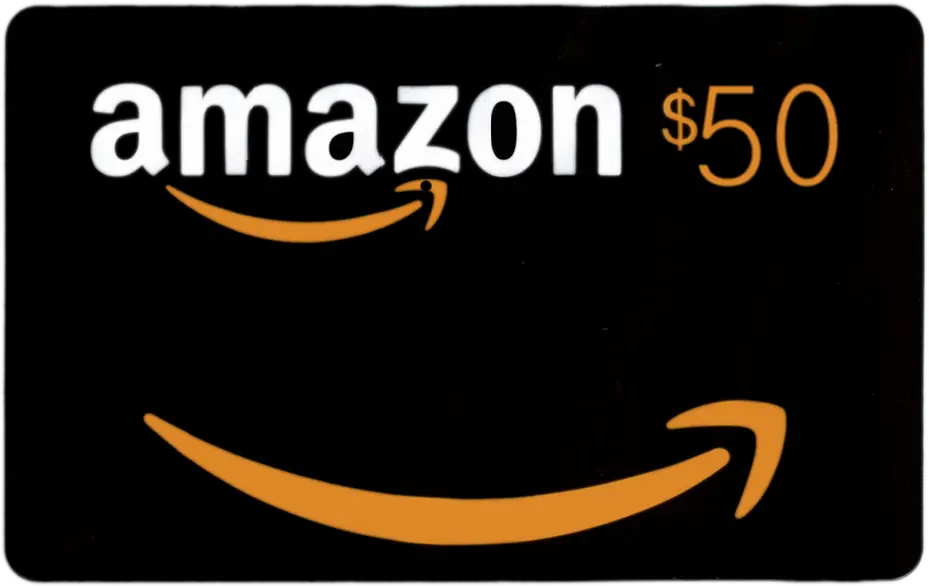No matter how successful a business is, there’s always room for improvement. Continuous improvement in the workplace constantly looks for new ways to improve and ensure a business and its employees are achieving their full potential. When properly implemented, continuous improvement strategies can improve employee engagement, reduce overheads, and send productivity through the roof.
Eager to learn more about how a continuous improvement culture can help take your business to the top? Read on for everything you need to know.
What is Continuous Improvement?
Continuous improvement is exactly what it sounds like. Opportunities for improvement are identified regularly before small yet significant changes are made. These incremental changes might seem marginal in isolation, but they quickly add up.
Sometimes referred to as Kaizen, continuous improvement can be traced back to Japan. While it took root in that country’s manufacturing industry, it’s since become the standard for many businesses across the globe.
The continuous process improvement philosophy recognizes that there’s always a way to do something better. More efficient ways of working can boost productivity and bring down operational costs. Continuous improvement can also help companies stamp out waste
Continuous improvement also has the potential to empower employees, especially if you’re bringing employee training into the mix. In a company with a culture of improvement, employees are far more likely to think proactively and make recommendations for change.
Continuous Improvement Examples and Ideas
Now we’ve explored what continuous improvement actually is, let’s take a look at how it works in practice. Below, we’ve singled out some of the most common continuous improvement activities you can put to use in your business.
1. Use Polls and Surveys

Never forget that your workforce is your most valuable insight. As well as being the people who keep a company afloat, employees also have the keenest insights. An employee feedback survey is a vital continuous improvement tool, although anonymous polls can also prove useful. The feedback you’ll receive will give you a better understanding about pain points your employees are dealing with.
2. Explore Think Tanks
Sometimes, we all need a little help coming up with fresh ideas. If you’re someone who struggles with ideation, organizing think tanks with senior stakeholders can be a useful exercise. You can keep things fairly tight with an agenda, or opt for a looser discussion. Simply by initiating a conversation, you’re almost certain to find existing inefficiencies and areas for improvement.
3. How Much Time Is Being Wasted?
Time is money. If you’re wasting a lot of it, you’re hurting your bottom line. By measuring how long it’s taking for your employees to carry out everyday processes, you’ll be able to identify optimizations and efficiency gains.
4. Invest in Regular Training

Cross-training can be a huge asset to a workforce, ensuring essential processes can be carried out, regardless of illness or unforeseen absences. However, you’ll need robust training programs in place first. Looking to engage more customers? Get more people involved in online product sales training. Keen to eliminate any downtime whatsoever? Try and automate your processes as much as possible.
5. Consider the Catchball Method
In a successful business, no man is an island. Ultimately, an employee is going to have to depend on someone else to complete a process. The Catchball method is a type of continuous improvement, where the person who originates a process outlines its ultimate purpose and any concerns they might have about it to others. This garners useful feedback and suggestions for improvement. However, the initiator remains the one accountable for a process being completed.
6. A/B Testing
A/B testing is one of the most useful continuous improvement tools around. Otherwise known as split testing, it allows companies to compare the success of two different products, marketing strategies, social media campaigns, and more. Quick to deploy and incredibly cost-effective, there’s no reason why A/B testing can’t be an ongoing initiative.
7. Risk Management
There’s also a problem lurking around the corner. Risk management is crucial to any business and worthwhile for continuous improvement. Underline potential issues quickly, then explore the impact they would have if they came to pass. Once you’ve done that, you can take a more proactive approach should a worst-case scenario arise.
8. Overhaul Workplace Safety
When it comes to workplace health and safety, there’s no excuse for cutting corners. You should be constantly looking for ways to keep employees and visitors protected from injury and accidents.
9. Automate Digital Workflows
A significant proportion of the work we do every day can be automated. Far from being the rise of the machines, artificial intelligence and automation can make human workers more productive. Technology takes care of those monotonous manual tasks, leaving human employees free to focus on more important duties.
How to Implement Continuous Process Improvement
Ready to implement continuous improvement strategies? For successful deployment, you’ll need to prioritize the following steps:
Assess Current Processes
Once you’ve decided what you hope to get out of continuous improvement, you can start sharing your vision with the wider company. Your aim here is for everyone to become a champion for continuous improvement. Once that’s done, you can start assessing existing processes. You’ll need to be meticulous with your evaluation if you want to identify the most obvious optimizations.
Analyze Data
Not all continuous improvement changes yield positive results. To determine the success of your latest initiative, you’ll need to dive into the data. Look for obvious trends and patterns in terms of productivity. If things are headed in the wrong direction or simply moving too slowly, don’t be afraid to make some changes.
Implement Changes
Sometimes, continuous improvement initiatives aren’t going to work. Some may require some minor tweaking to get them on the right track, while others will need to be scrapped entirely. This is perfectly normal and not something you need to feel awkward about.
Monitor Progress
Once you’ve made changes, use key metrics to monitor the progress of continuous improvement. You can carry on making refinements to your strategy if need be, but if things are working well, the focus should be on sustainability.
Embrace the Continuous Improvement Ideology with Gloww

Are you eager to improve team productivity? Are current business processes putting your company at a disadvantage? There’s probably endless scope for improvement within your organization. Continuous improvement strategies can help you identify these and implement the changes you need to reorient your organization.
Planning a think tank to connect with senior stakeholders and bounce around ideas? Perhaps you’re looking to host an open forum with all of your team so they can offer their two cents. With Gloww, you’ll find a full-featured video conferencing platform that can be used for ideation, workshops, webinars, and more.
You can get started with Gloww right now. To learn more about Gloww’s advanced features, check out our premium pricing tiers. Got a question? Drop us a message today.
FAQs
What is continuous improvement in the workforce?
Continuous improvement looks for ways to streamline processes and workflows, making a business run more efficiently. However, it’s not just productivity that benefits from continuous improvement. It can also be used to make workplaces safer, making for happier employees and an enhanced employer reputation. Continuous improvement can also be used to increase the quality of work delivered by employees.
How do you demonstrate continuous improvement?
You can determine the success of continuous improvement initiatives by looking at established metrics like employee output and customer satisfaction levels. If there’s been an upward swing in scores after a new initiative has been rolled out, take this as a clear sign you’re onto a good thing.
What is an example of continuous improvement?
Many companies choose to introduce new pieces of software to streamline everyday workflows. Some automation tools can














